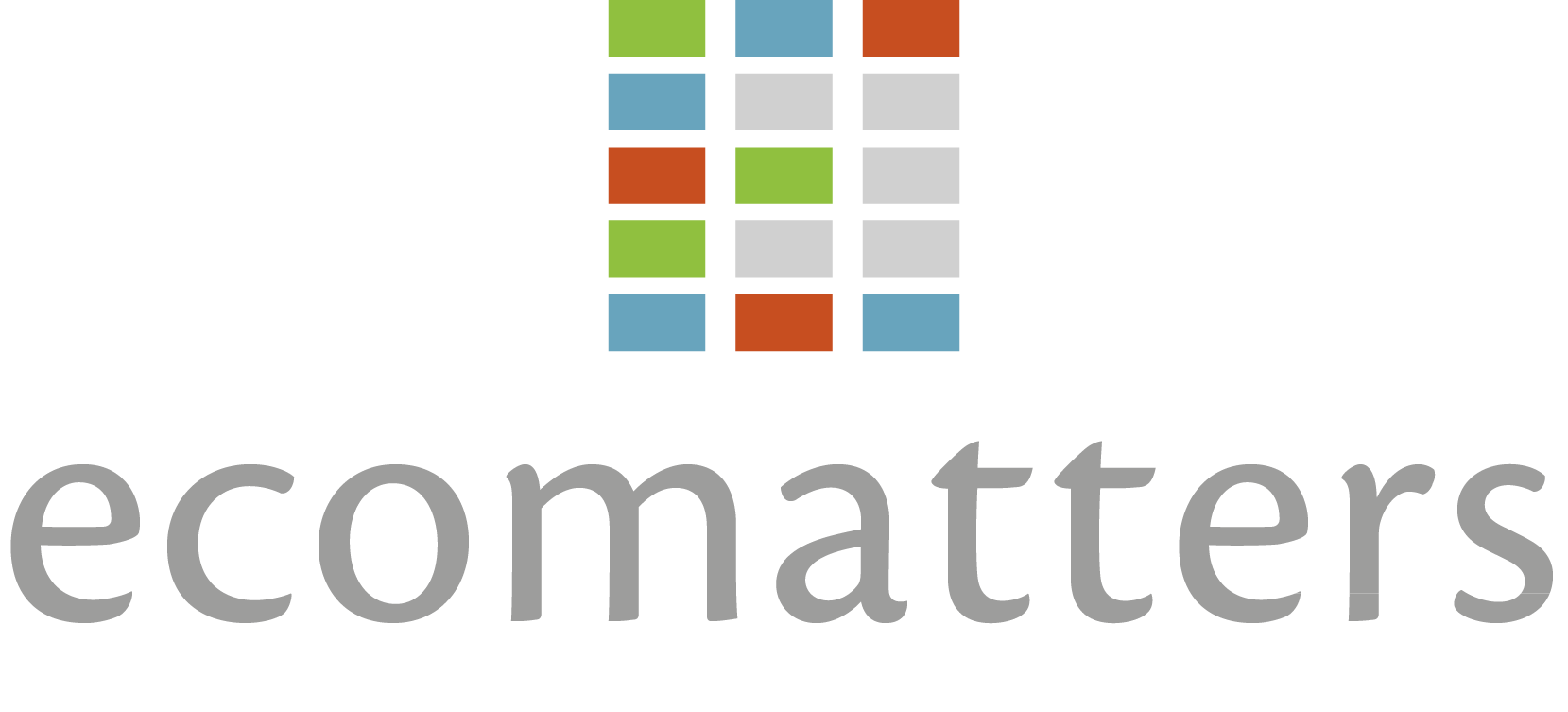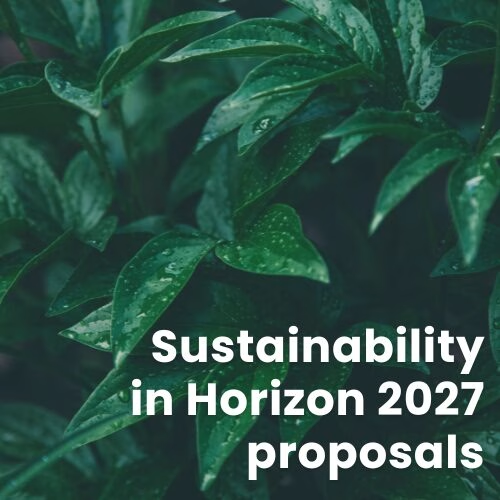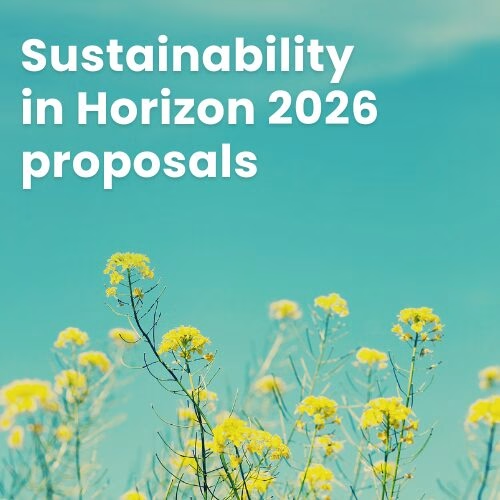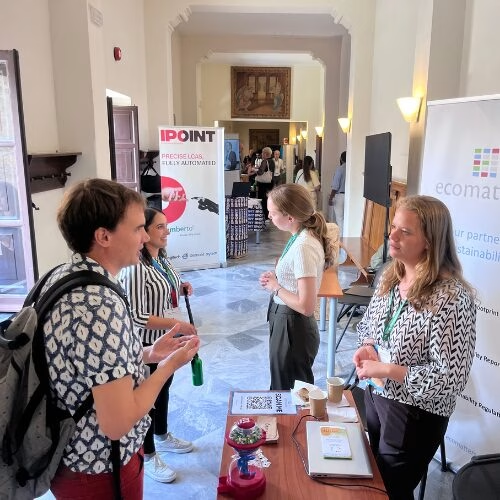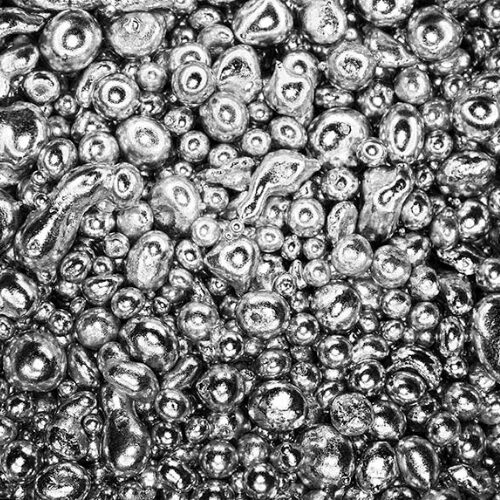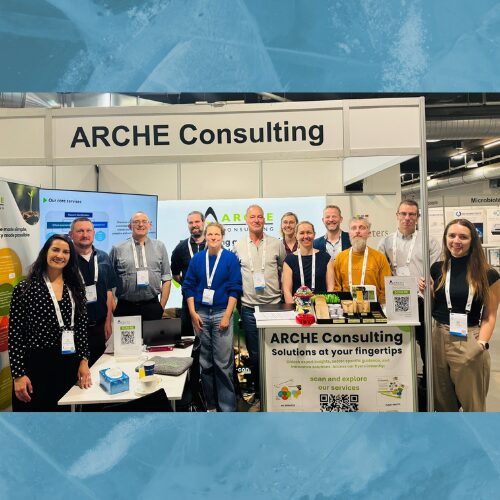The EU’s chemicals strategy for sustainability towards a toxic-free environment
We are surrounded by chemicals every moment of our lives. They are present in our homes and are essential for the work that we do and products we create. As such, we are continuously exposed to a myriad of substances. We inhale them, get them on our skin, or ingest them after we touch our face.
Many substances can cause some sort of harm. They might irritate the skin, cause allergic reactions or even damage our DNA. And off course, the production and use of chemicals can lead to damage to the environment, for example due to their inability to break down or causing adverse effects in terrestrial or aquatic life.
EU`s new Chemical strategy
The EU already has one of the strictest sets of chemical regulations in the world to prevent adverse effects to happen. Before a substance can be placed on the market it has to be evaluated under REACH. Meaning that all possible hazards for human and environment must be known, and safe use conditions established. Or, when substances are placed on the market for use as a biocide or plant protection product, extensive safety and efficacy data must be generated under the strict authorisation processes as well.
However, with global chemicals production expected to double by 2030, and the widespread use of chemicals to increase, the European Commission published a chemicals strategy for sustainability on 14 October 2020. This new and ambitious chemicals strategy is part of the EU’s zero pollution ambition, which is a key commitment of the European Green Deal.
This new strategy sets out concrete actions to make chemicals safe and sustainable by design, and to ensure that chemicals can deliver all their benefits without harming the planet and current and future generations.
Particularly, the use of the most harmful chemicals will be highly restricted in consumer products such as toys, cosmetics, cleaning products, food contact materials & textiles. In an earlier newsletters we already wrote about the difficulties of the presence of SVHC substances in recyclable materials as well as about the increasing regulatory pressure to properly identify them.
One substance – one assessment
The European commission recognizes that currently there are overlaps and inefficiencies in how chemicals are assessed. As a result, risk assessment and risk management of the same chemical is carried out at different times for different uses by different bodies, under different legislation, often using different data and potentially leading to seemingly different outcomes.
The European Chemicals agency (ECHA) and the European Food Safety Authority (EFSA) have highlighted this issue with the following example.
ECHA assesses substances registered as chemicals under the REACH Regulation and decides on the needed generic risk management measures to protect human health and the environment. EFSA assesses the safety of many of these chemicals when they are used in food packaging, containers, utensils and as other ‘food contact materials’, in compliance with specific EU legislation. Since chemicals are also used in e.g. cosmetics, toys and electronic devices, they may be assessed by different EU authorities at different times often even with different data and non-harmonized methodologies, often due to the diverse regulatory frameworks for their marketing and authorisation. Examples of such materials, where the unaligned timing and data requirements of assessments may have created uncertainty for decision-makers and the public, include bisphenol A, a substance used to make plastics, resins and plastic coatings, and phthalates which soften or ‘plasticise’ plastics such as PVC.
Therefore, a One substance – one assessment approach is proposed, built around three main principles:
- A central coordination mechanism, including a coordinated problem formulation phase (i.e. identifying the correct scientific question that needs to be answered) which would enhance predictability for industry. This could include a public EU coordination registry, potentially developed from ECHA’s PACT (Public Activities Coordination Tool), to increase transparency and predictability of substance-specific activities by authorities across different chemical regulatory frameworks.
- Better coordination between agencies of tasks concerning the hazard and risk assessment of the uses and, as important, the cumulative risks from all uses of the same chemical.
- Access to all available data in the same structured format for all EU authorities. ECHA proposes to establish a fully connected and interoperable EU chemical safety platform to facilitate seamless sharing of data between authorities and provide public access to researchers, regulators, industry and citizens.
Increasing protection of health and the environment
The Strategy aims to significantly increase the protection of human health and the environment from harmful chemicals, paying particular attention to vulnerable population groups. Flagship initiatives include in particular:
- Phasing out the most harmful substances from consumer products, such as toys, childcare articles, cosmetics, detergents, food contact materials and textiles. Such substances include among others endocrine disruptors, chemicals that affect the immune and respiratory systems, and persistent substances such as per- and polyfluoroalkyl substances (PFAS), unless their use is proven essential for society;
- Minimizing and substituting the presence of substances of concern in all products. Priority will be given to those product categories that affect vulnerable populations and those with the highest potential for circular economy;
- Addressing the combination effect of chemicals (cocktail effect) by taking better account of the risk that is posed to human health and the environment by daily exposure to a wide mix of chemicals from different sources;
- Ensuring that producers and consumers have access to information on chemical content and safe use, by introducing information requirements in the context of the Sustainable Product Policy Initiative.
Making chemicals safer and more sustainable is a continued necessity but can also be considered a great economic opportunity. This Strategy aims to capture this opportunity and enable the green transition of the chemicals sector and its value chains. The Strategy envisages the EU industry as a globally competitive player in the production and use of safe and sustainable chemicals. The actions announced in the Strategy will support industrial innovation so that such chemicals become the norm on the EU market and a benchmark worldwide.
